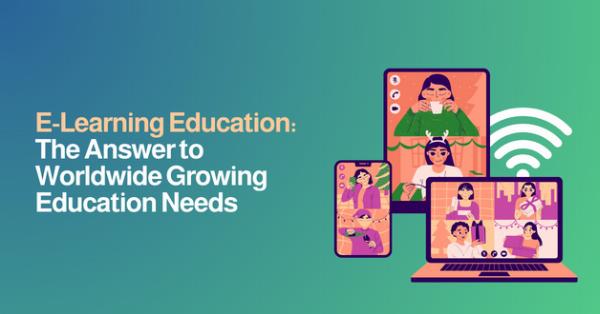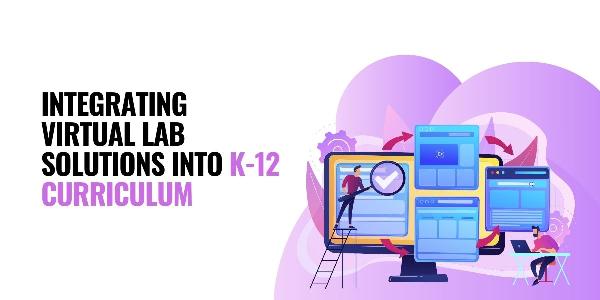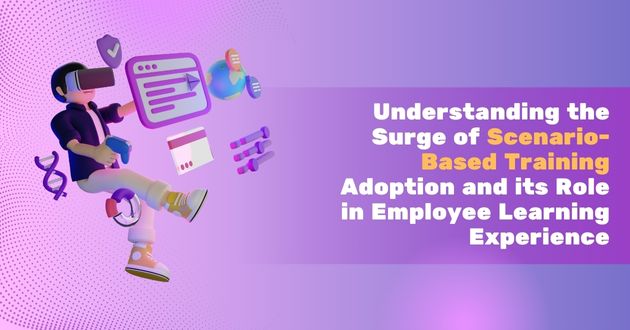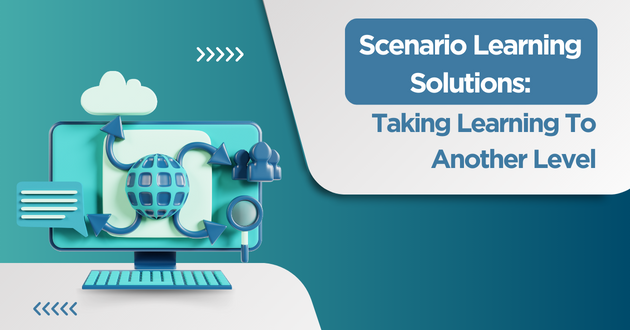E-Learning Education | The Answer to Worldwide Growing Education Needs

Traditional education systems, however, are often struggling to keep pace with this growing demand. Limited infrastructure, resource constraints, and geographical barriers can restrict access to quality education for many. E-learning, or electronic learning, emerges as a powerful solution, offering a flexible and accessible alternative to traditional education methods. The world is experiencing a surge in demand for education. That is driven by several factors, including:
Growing populations: A rapidly growing global population translates to a larger number of individuals seeking educational opportunities.
Technological advancements: The rise of new technologies creates a need for a skilled workforce to develop, maintain, and utilize them.
Globalization: As economies become increasingly interconnected, the need for individuals with global competencies rises.
What is E-Learning?
Corporate e-learning solutions encompasses a broad range of educational approaches that utilize electronic technologies to deliver learning content and instruction. It can include:
Online courses: Structured learning programs delivered through online platforms. These courses can be synchronous (real-time interaction with instructors) or asynchronous (learning at your own pace).
Massive Open Online Courses: Low or no-cost online courses proffered by universities and other institutions to a global audience.
Microlearning: Bite-sized learning modules focusing on specific skills or concepts.
Educational games and simulations: Interactive learning experiences that engage learners and enhance understanding.
Mobile learning: Delivering learning content through smartphones and tablets, allowing for on-the-go learning.
Benefits of E-Learning
E-learning offers numerous advantages for both learners and educators:
Accessibility: Corporate e-learning companies provide education to people in remote areas or with limited mobility.
Flexibility: Learners can understand and finish tasks at their convenience, making learning possible despite their hectic schedules.
Scalability: E-learning courses can accommodate a large number of learners without requiring additional resources.
Personalized learning: E-learning platforms can personalize learning experiences based on individual needs and learning styles.
Engaging content: E-learning utilizes multimedia elements like videos, simulations, and interactive activities, making learning more engaging and interactive.
Up-to-date content: E-learning allows for easy updates and revisions of course content to reflect the latest advancements in a field.
Performance tracking: E-learning platforms provide data on learner progress and performance, allowing for better feedback and support.
E-Learning and the Global Education Gap
The global education gap refers to the disparity in access to quality education between different countries and populations. E-learning has the potential to bridge this gap by:
Reaching underserved populations: E-learning can provide educational opportunities to individuals in developing countries or those living in remote areas.
Lowering barriers to entry: The cost-effectiveness and flexible nature of e-learning can make education more accessible to individuals with limited financial resources or time constraints.
Standardizing quality: E-learning platforms can deliver standardized and high-quality educational content to a global audience.
Promoting multilingual learning: E-learning platforms can offer courses in different languages, facilitating learning for individuals with diverse linguistic backgrounds.
Contact us at https://www.acadecraft.com/contact-us/ to learn more about Acadecraft's Corporate E-learning Services.
Challenges of E-Learning
Despite its advantages, e-learning also faces some challenges:
Digital divide
Lack of self-discipline
Limited human interaction
Technical difficulties
The Future of E-Learning
E-learning is rapidly evolving, and new technologies are constantly being integrated into the learning experience. The concluding section highlighted the future of e-learning as one filled with potential. Here are some trends to watch:
Artificial intelligence (AI): AI can personalize learning paths, provide real-time feedback, and create more immersive learning experiences.
Virtual Reality & Augmented Reality (AR): VR and AR can create realistic simulations and interactive environments that enhance learning.
Gamification: The use of game mechanics in e-learning can increase engagement and motivation.
Adaptive learning: E-learning platforms can adapt to individual learning styles and adjust the difficulty level accordingly.
Bridging the Digital Divide
While e-learning offers immense potential, unequal access to technology and the internet, also known as the digital divide, remains a significant challenge. Here are some potential solutions:
Low-cost devices and internet access: Governments, educational institutions, and non-profit organizations can collaborate to provide learners with access to affordable devices and internet connectivity. This might involve initiatives such as distributing low-cost laptops or tablets, or establishing partnerships with internet service providers to offer discounted rates for educational purposes.
Offline learning solutions: E-learning platforms can be designed to allow learners to download course materials and access them offline. This is particularly important for learners in regions with unreliable internet access.
Mobile-first design: With the ubiquity of smartphones, developing e-learning platforms optimized for mobile devices is crucial. This ensures that learners can access course materials and complete learning activities anytime, anywhere.
Conclusion
E-learning is not a silver bullet, but it represents a powerful tool in addressing the ever-growing demand for education worldwide. The integration of AI, VR/AR, and other emerging technologies has the potential to create even more immersive, personalized, and effective learning experiences. Additionally, fostering a culture of self-directed learning and providing support structures for learners navigating e-learning environments remain important considerations. By embracing innovation and ensuring inclusivity, e-learning can play a critical role in democratizing education and empowering learners across the globe.
Note: IndiBlogHub features both user-submitted and editorial content. We do not verify third-party contributions. Read our Disclaimer and Privacy Policyfor details.






